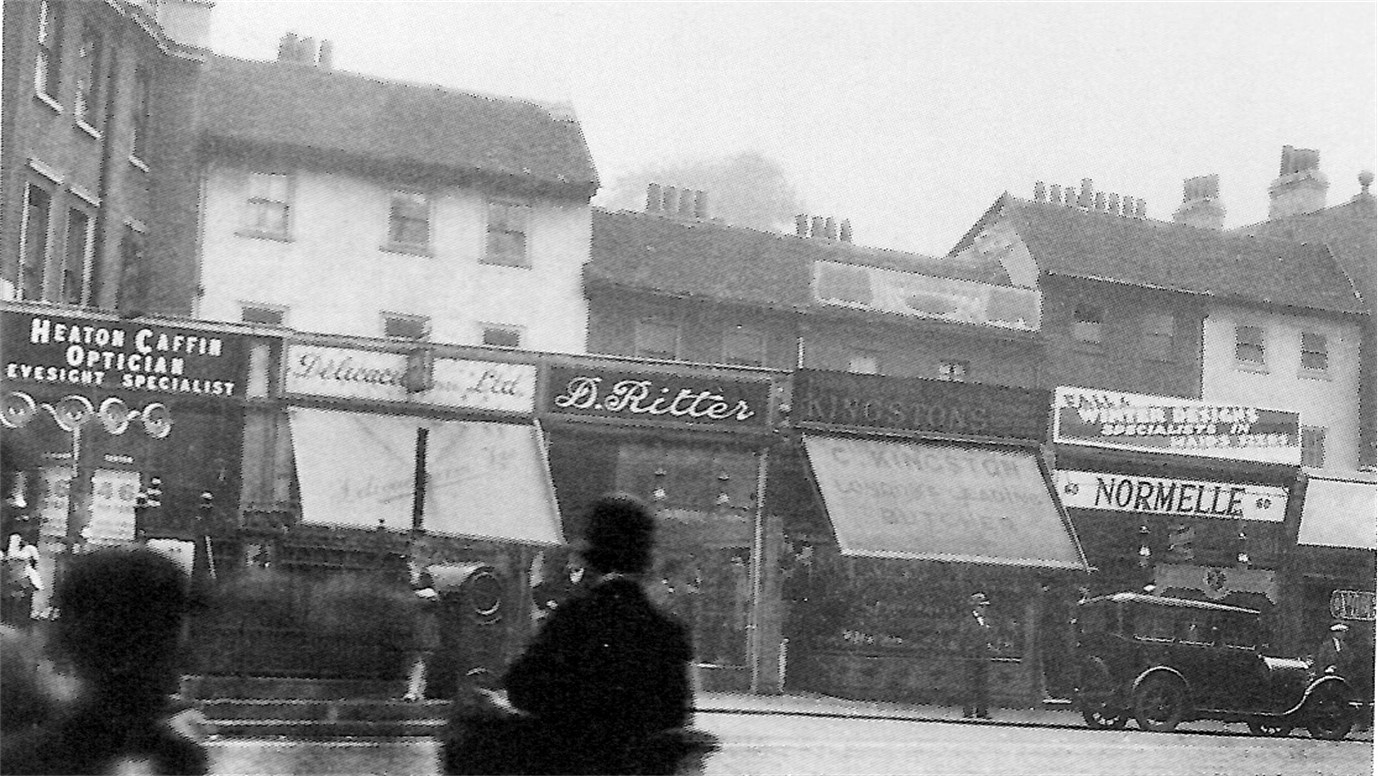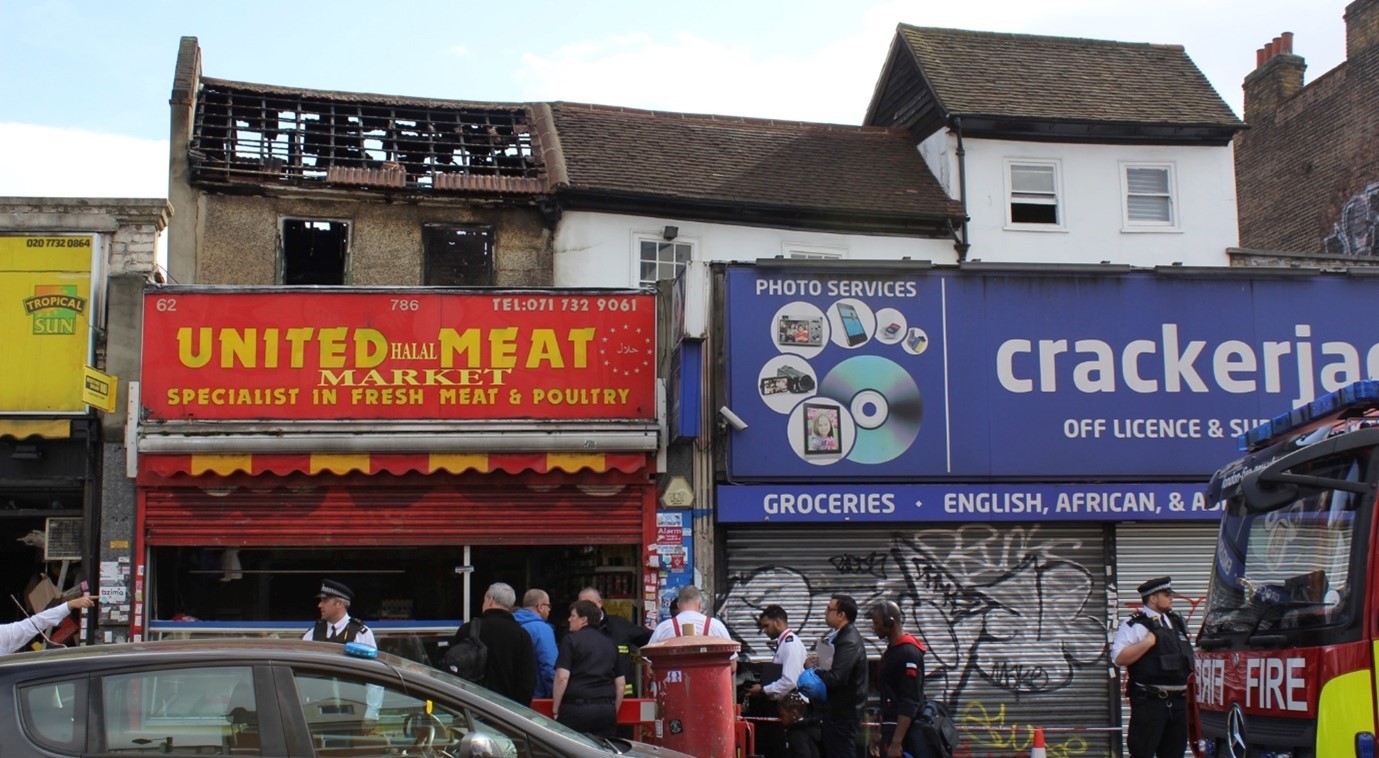The Small House in Eighteenth Century London
On Wednesday 23rd September, 2020 Peter Guillery, building historian and academic, gave a presentation based around his important and highly influential book ‘The Small House in Eighteenth Century London’.
35 people logged into this zoom talk. It was great to be able to see familiar faces, and welcome new guests, after not being able to meet since earlier in the year.
We often think of Georgian houses as grand buildings like those in Fitzroy Square or the squares of Bloomsbury or Belgravia. But of course, these were not the only forms of housing built in the eighteenth century. There were more modest dwellings built specifically for artisans and labourers. There are significantly less surviving examples of these more modest houses.
Peter Guillery showed a revealing slide of a map of London circa 1660s (pre-Georgian), with areas shaded in according to the prevalence of housing with a specific number of chimneys or hearths. The higher the number of chimneys, the grander the housing. Southwark’s prevalent housing at the time had three or less hearths or chimneys, meaning its housing stock was generally modest.

It was intriguing to hear that there is a distinct difference in the design of small buildings south of the Thames in comparison with the north. Many of the small houses south of the river had hearths and chimneys arranged through the centre of the dwelling rather than on the party wall. It’s not entirely clear why this is. Perhaps simply evidence of how limited the movement of people there was across the Thames?
As well as images of small 18th century homes from across London, Peter showed images of those within Southwark. There are very few surviving examples of these small dwellings. Peckham town centre has two clusters, at Nos. 58 – 62 and Nos. 98 – 104 Peckham High Street.

This image from 1928 shows 100 – 108 Peckham High St. Currently, Peckham Townscape Heritage Initiative (THI) works are underway on 102 Peckham High Street, and it is hoped that work will begin shortly on 100 Peckham High Street. The Peckham Heritage Regeneration Partnership (PHRP) and many others recently objected to a planning application to demolish No.104 Peckham High Street. Given the these are rare survivors of a distinctive form of 18th century housing, it is important that their contribution to the townscape is retained.
The other important cluster of small 18th century dwellings are those at Nos. 58 – 62 Peckham High Street. These three are what is left of a former group of 6 houses shown in the photo below, with two higher buildings on either side of two smaller ones.

There was a fire in No. 62 Peckham High Street in April 2017. The fire caused extensive damage to this property, and the adjacent pair Nos 58 – 60 also sustained significant damage. No. 58 is formally listed grade 2, and No. 60 has associated ‘curtilage’ listing.

A listed building application has been made to repair Nos. 58 – 60, and it is anticipated that a planning application to repair No. 62 will be forthcoming in early 2021.
Peter Guillery talked about the significant presence of the third storey at No. 58 Peckham High Street, which he speculated must be to do with the striking views across to London for which Peckham was (and still is) well known. 18th century Peckham is described by Daniel Defoe (“A tour thro’ the Whole Island of Great Britain” 1724 – 26) as a pleasant village with “some of the finest dwellings about London”, and with “a beautiful prospect, terminated by a view of St. Paul’s and the Tower of London. The beauties of this prospect were greatly increased by the masts of the ships being seen over the trees as far as Greenwich”.
In his book “The Small House in Eighteenth Century London“, Peter expanded on this theme, referencing No. 58 Peckham High Street:
“In Peckham, a small house with a view could perhaps be fashionable in a way that the same building might not have been in central London. Gentility and smallness of scale, classicism and timber frame construction were not necessarily mutually exclusive. The exploitation of a view of the City of London from these houses captures the essentially Picturesque ambivalence of the interaction between the urban and the rural in these London retreats”
End Note: Peter has kindly allowed us to share a Powerpoint entitled ‘The Small House in 18th Century London’. This does not have a audio-track but includes many photos and images of floor plans of these distinctive dwellings.
